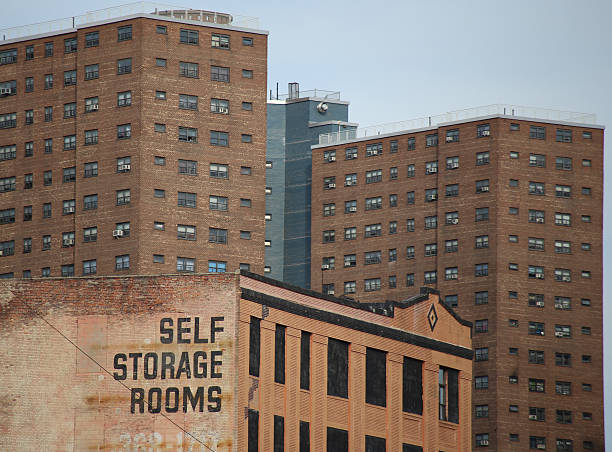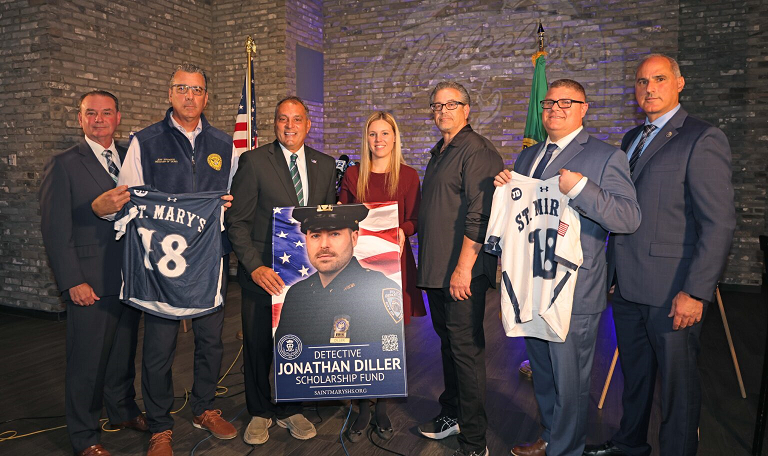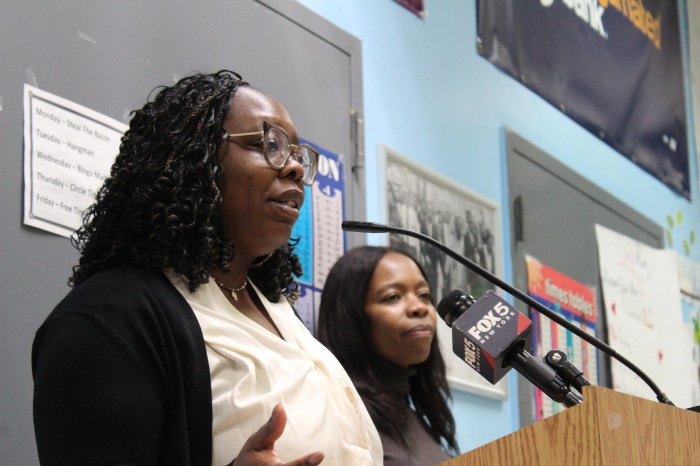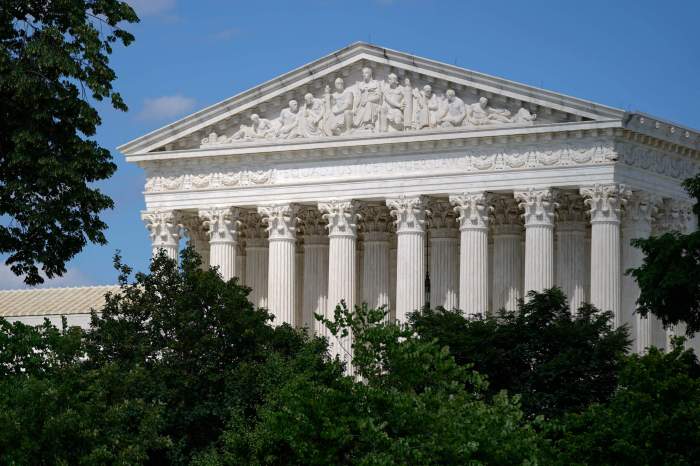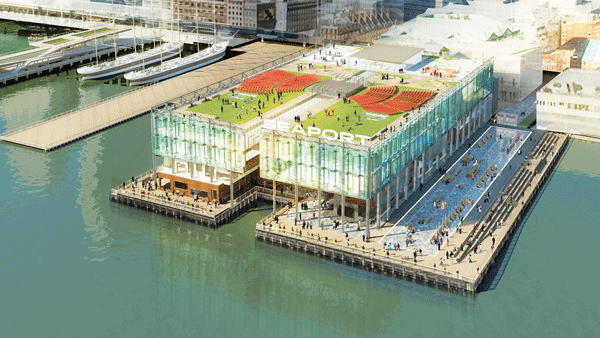
BY TERESE LOEB KREUZER | An Aug. 23 press release from the Howard Hughes Corporation announcing an agreement on lease terms for the South Street Seaport is deceptive, according to a source familiar with the matter. The release was picked up by the Associated Press and a number of other publications, such as the Wall Street Journal, Businessweek and Crain’s New York Business.
The announcement suggests that the company’s plans to overhaul Pier 17 with a glass-enclosed retail center are a done deal. “They’re not,” the source said.
The source requested anonymity due to the sensitivity of the situation.
The city Landmarks Preservation Commission endorsed Howard Hughes’ proposal for Pier 17, and Community Board 1 gave it an initial stamp of approval. However, it still has to go through the Uniform Land Use Review Procedure (U.L.U.R.P.) The process will begin in the coming weeks, once the City Planning Commission certifies the plan and sends it on to C.B. 1 for comment and review. The board will have 60 days to examine the plan, after which Manhattan Borough President Scott Stringer will have 30 days to review it. It will then go to the City Planning Commission for another 60 days before being handed over to the City Council.
The whole process takes seven to nine months, according to Michael Levine, director of Land Use and Planning for C.B. 1. “It is not just a formality,” he said. The board is likely to raise a number of questions such as what the community and the city will get in exchange for approving the retail complex and whether it provides sufficient open space and enough access to the waterfront. There may also be concern about whether there will be a guarantee that Howard Hughes has the financial resources to support the plan and “not go bankrupt a year later,” in Levine’s words.
Levine described Howard Hughes’ deal with the E.D.C. as a “landlord-tenant” agreement that extended the existing lease. “To the best of my knowledge, there’s nothing new in it that we should be questioning,” he said. “I called E.D.C. and they said it’s the same agreement as in the past.”
John Fratta, chair of C.B. 1’s Seaport Committee, which will be charged with reviewing the Pier 17 plans during the U.L.U.R.P. process, also believes the release is a mere publicity gambit.
Despite repeated requests, Fratta noted, Howard Hughes had not yet shown the board a master plan for the Seaport. The company has told the board it has not yet prepared one. “I don’t know if I believe that,” said Fratta. “I think their master plan, which they don’t want to talk about right now, is probably going to include a tower on the site of the Tin Building and the New Market Building, which our community, of course, is going to be opposed to.”
Robert LaValva, founder of the New Amsterdam Market on South Street, also has his eye on the historic Tin and New Market Buildings, which were once part of the Fulton Fish Market. As the Downtown Express recently reported, LaValva has plans to expand the market into a year-round facility housed in the Tin and New Market Buildings. That’s something, Fratta said, that the community would support.
“Obviously, Howard Hughes disagrees or doesn’t want to talk about the New Market Building or the Tin Building, because they claim [the buildings are] still not in their portfolio,” he said. “However, they do have an agreement [with the E.D.C.] that they would have first dibs on that property. We’ve asked to see that agreement,” Fratta added, “but we haven’t seen it.” Fratta’s understanding is the Letter of Intent with the E.D.C. will expire in a few months, and that Howard Hughes would have to come up with a plan before then.
Howard Hughes hopes to begin construction on Pier 17 by June 2013 and finish the pier in 2015. Contractually, the company’s lease arrangement with the E.D.C. depends on its meeting that start date. Under the agreement, Howard Hughes would get a 30-month rent credit of $1.5 million from the E.D.C. in exchange for the company’s consent to maintain the section of the East River esplanade that runs through its leased property.
Because of the need to adhere to this timetable, Howard Hughes is eager to get the U.L.U.R.P. process started. Chris Curry, the company’s senior executive vice president of development, said he’s optimistic that there will be no snags along the way. “We don’t anticipate or expect to modify our plan,” he said, “since the groups reviewing our plan during the upcoming U.L.U.R.P. hearings have already reviewed them and approved them once before.”





